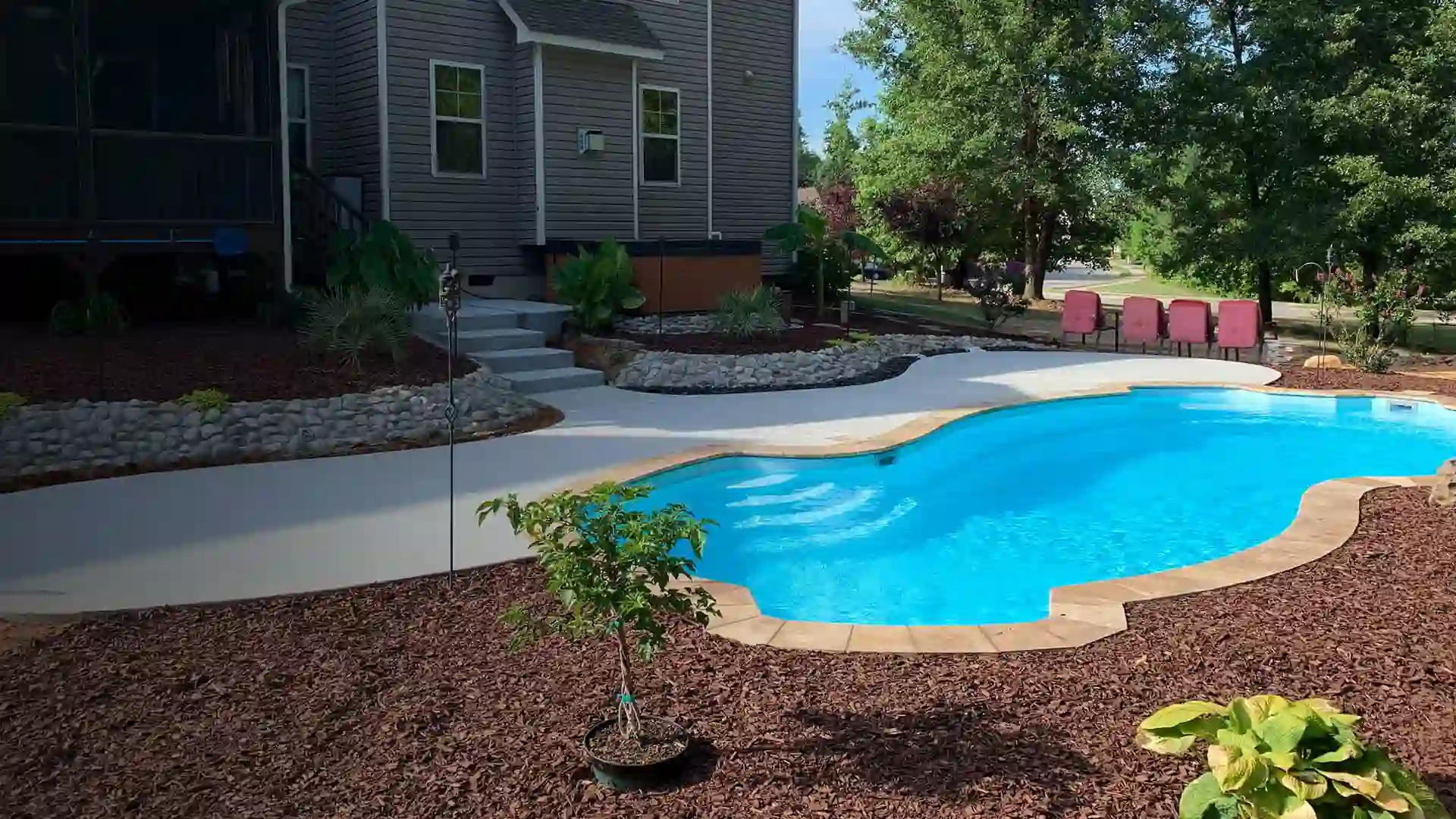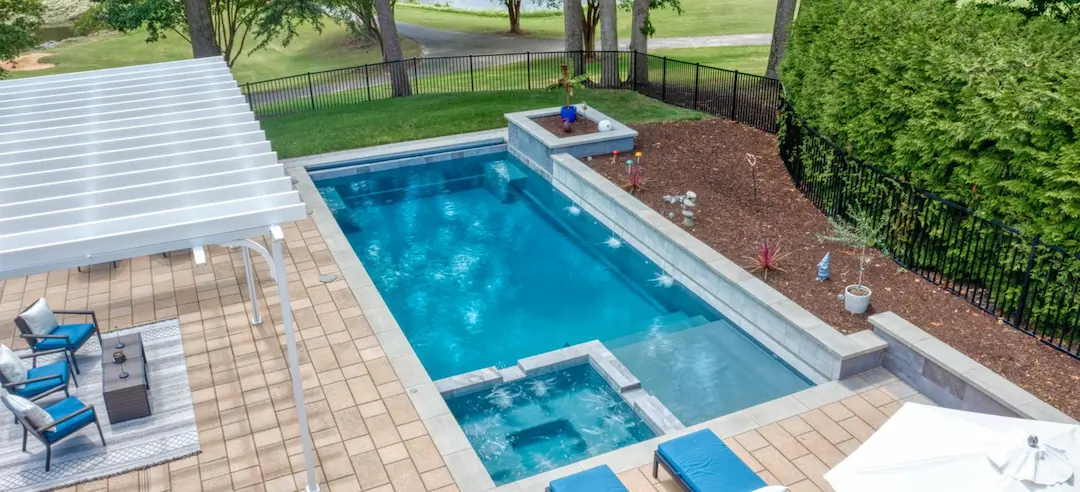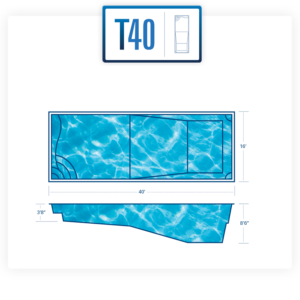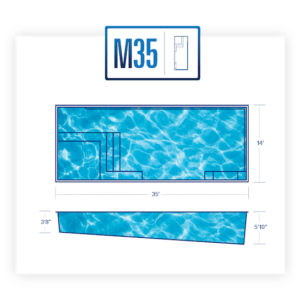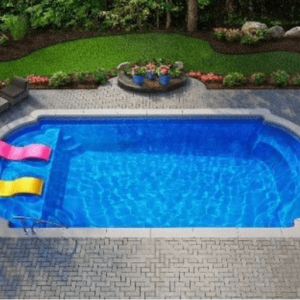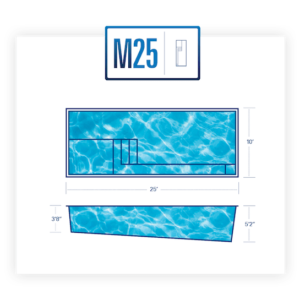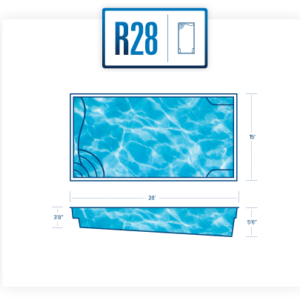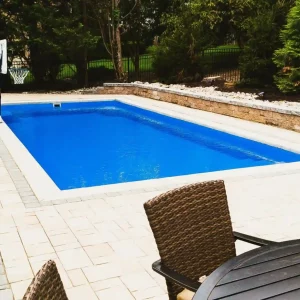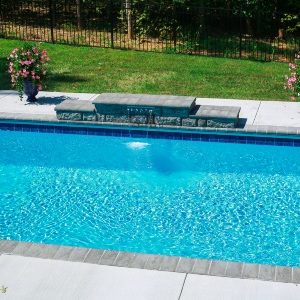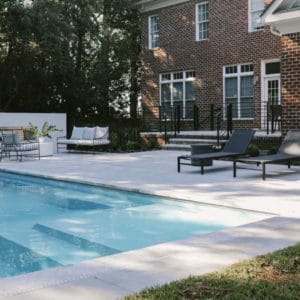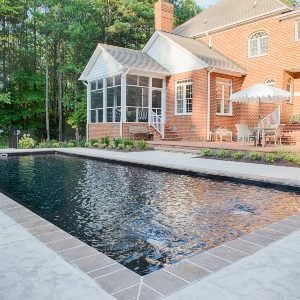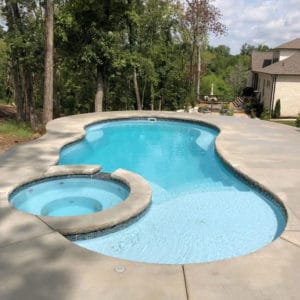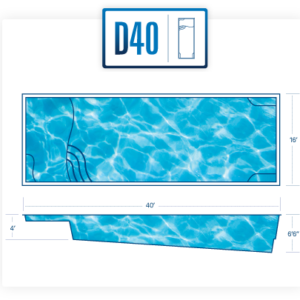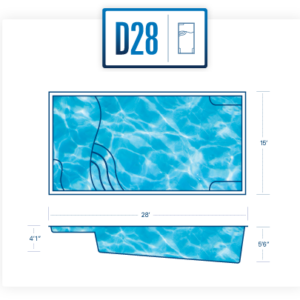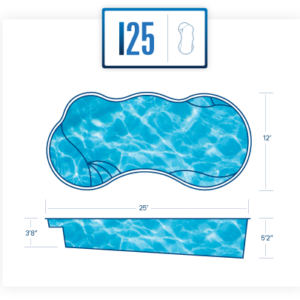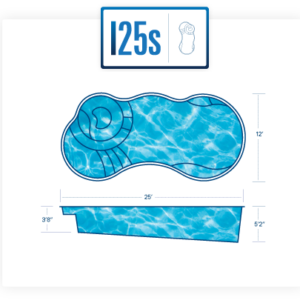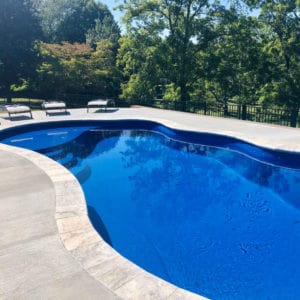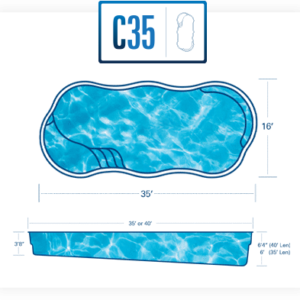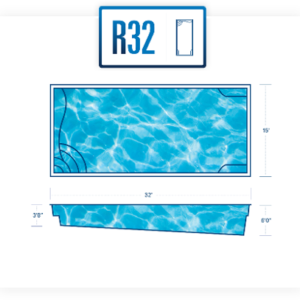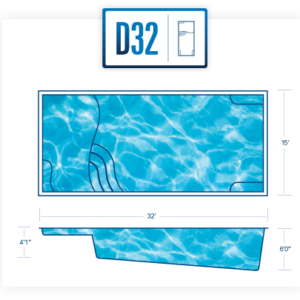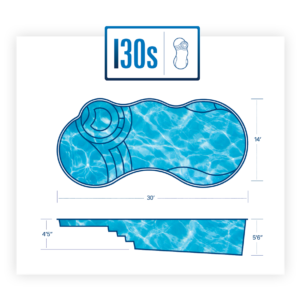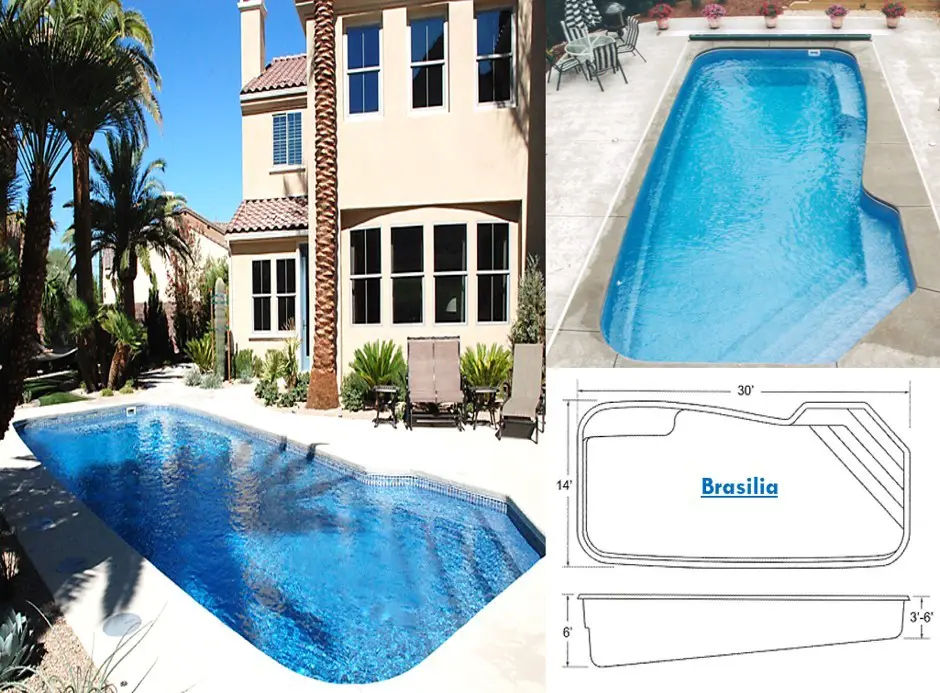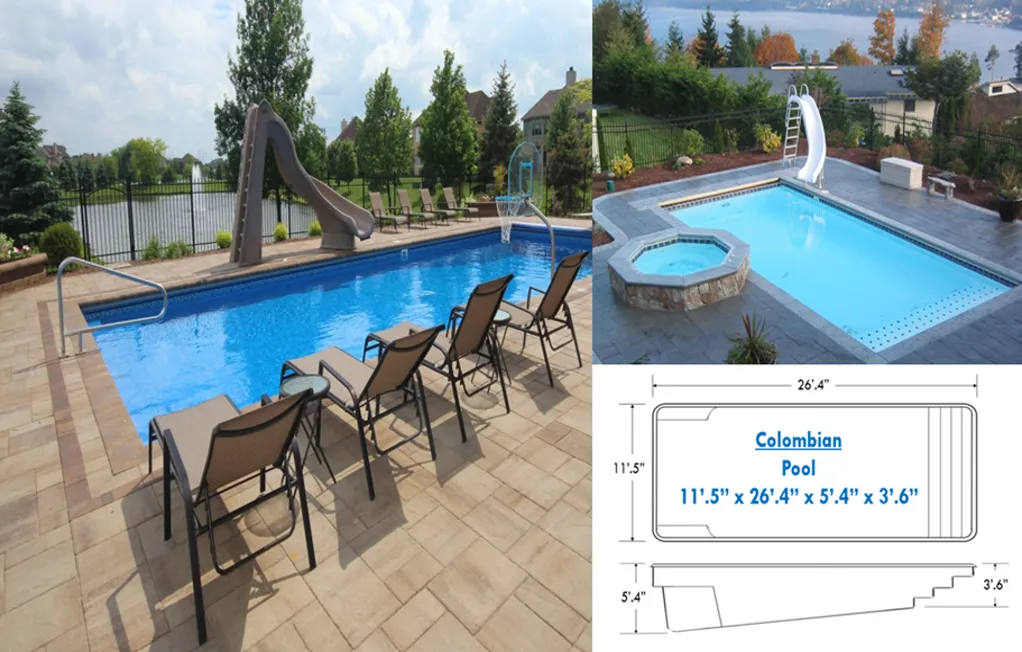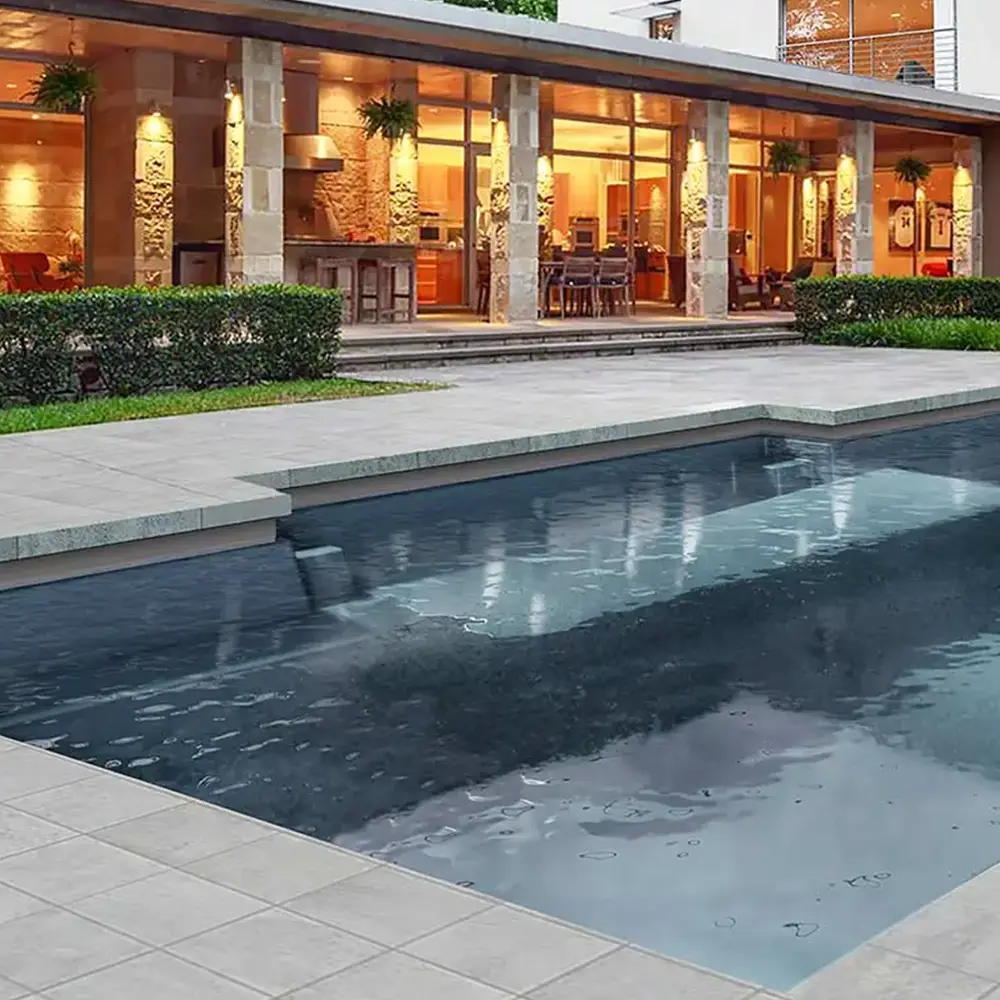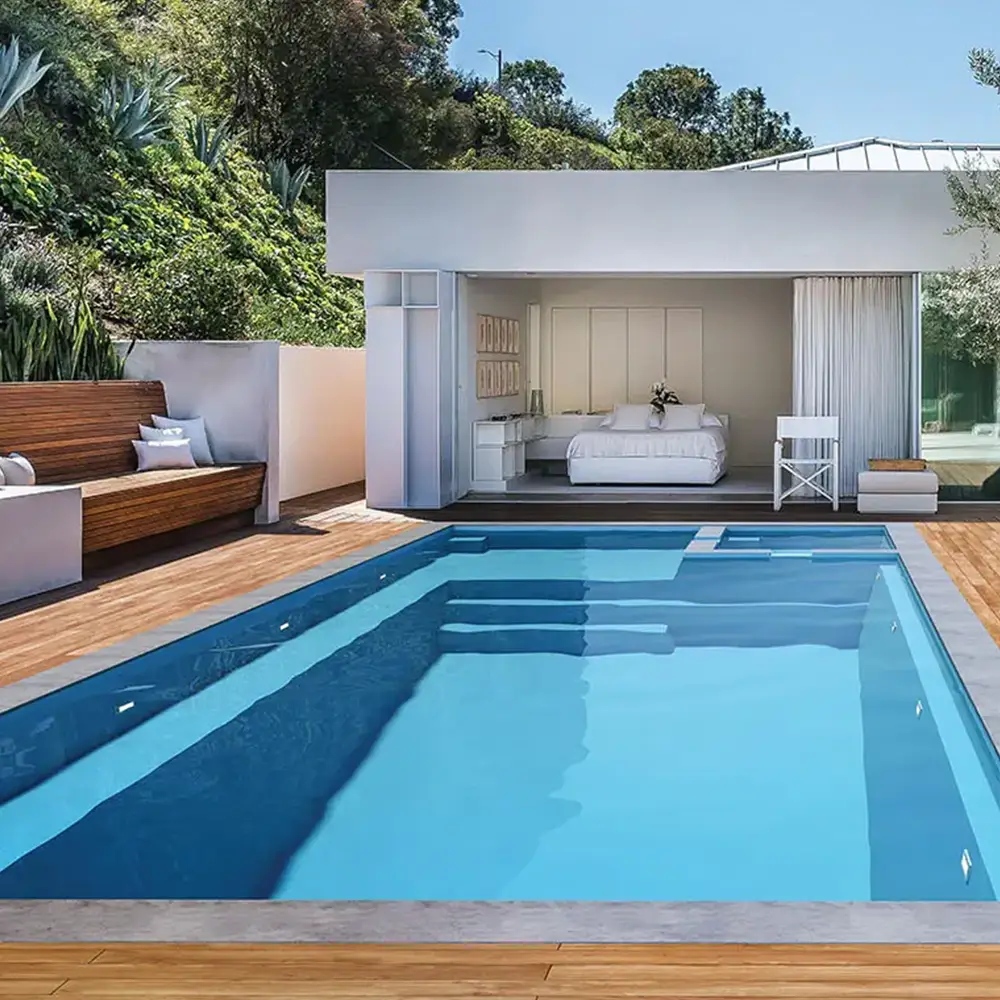Shop In-Stock Fiberglass Swimming Pools
Our inground swimming pool prices start at $62,000. We're sure you will find the perfect fiberglass pool that will upgrade your lifestyle. Learn more about what our swimming pools cost by exploring the options listed below.Showing all 26 results
Our Purchase & Installation Process
Once you select the fiberglass pool you would like from our available inventory, you’ll be able to set up a consultation with our swimming pool builders to go over every detail, from cost and financing to permitting and inground pool installation. Take a look at our current inventory, and get started today.
Get an In-Stock Inground Pool In As Little As 30 Days!
We book based on a first come first serve basis. Pools in stock require 50% down in order to secure them for your family. Click the link below to learn more about what is included in your pool package.
If you don’t see what you’re looking for in our current list of in-stock fiberglass pools for sale, we can always order a different style from the manufacturer. Contact us today for more information about your swimming pool options.
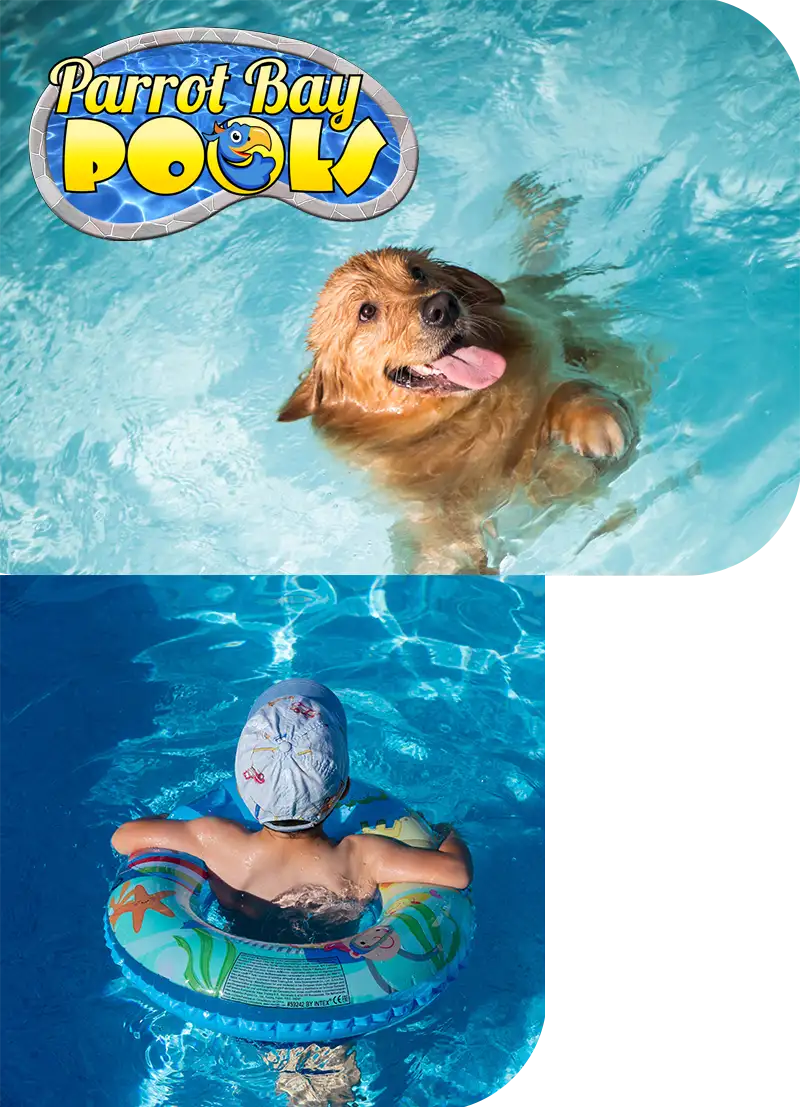
Browse Parrot Bay Pools’ selection of in-stock or soon-to-be-in-stock fiberglass pools for sale in NC!
These pools are currently available, ready to be built and delivered to you, and can often be installed in 30 days or less. Don’t wait to start building your dream backyard, these in-ground pools will go fast.
Our in-stock pools for sale are the most efficient option on the market, and the Parrot Bay Pools purchase and installation process is quick, easy, and comprehensive. Our in-stock fiberglass pool options include:
- Freeform shaped pools
- Rectangular pools
- Pools with integrated spas
- Pools with tanning ledges
To get started, review the fiberglass pools for sale. Then, you can use our Pool Cost Calculator to find the perfect swimming pool package for your budget. If you need a little extra inspiration, check out our Inspiration Gallery.
About Parrot Bay Pools
Parrot Bay Pools is the premiere builder of fiberglass pools in central and eastern North Carolina. Our swimming pool contractors have been serving our community for over 15 years, making homeowners’ backyard dreams come true and even providing our services to the commercial sector. Whether you’re looking for a simple option for a smaller space, a custom-designed swimming pool with all of the amenities, or something right in the middle, Parrot Bay Pool has exactly what you’re looking for.
When you choose us to build your backyard oasis, we become your proud partners through every part of the process. We can handle the permitting process, offer a 3-year warranty on pool equipment, and give you complete access and control over your project through our app. All of our inground swimming pools are built and installed to last, with precautions taken to avoid the preventable issues that so often bother homeowners, including leaks and settling. We can even hook you up with accessories and finishes, delivering the swimming pool of your dreams the first time around!
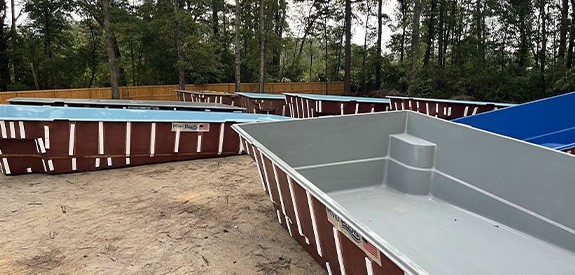
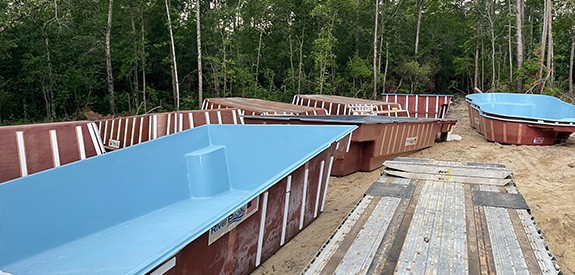
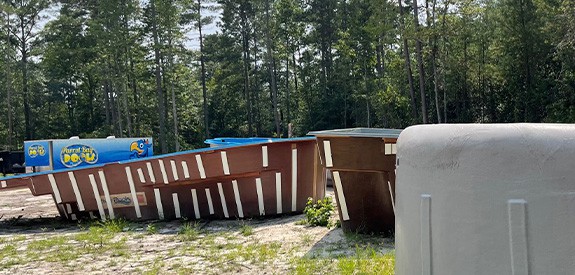
FAQs
- Permits: required by county. Delivery, electrical, and DOT permits included. (note: surveys, engineer stamps, or environmental permits may be extra.)
- Pool: Fiberglass shell
- Excavation
- Plumbing: 2-inch hard PVC plumbing lines for better flow and efficiency
- Returns: As standard by the manufacturer
- Electrical: Standard electrical up to 50 feet (note: extra breakers or subpanels are an added fee. Electrical is run 220v for better efficiency.)
- Pump: Pentair Superflo Variable Speed High Performance
- Filter: Pentair Sand Filter
- Sanitizer: Automatic Chlorine Feeder
- Lights: minimum of 2 color-changing LED lights (note: lights are rated by pool size; we use the medium size)
- Skimmer: Large-mouth skimmer for improved efficiency
- Handrail/Ladder: 1 Handrail included. Ladder included on any pool over 6 feet deep without a bench in the deep end
- Equipment Pad: included for proper setting of all equipment
- Maintenance Equipment: vacuum hose, vacuum head, wall brush, leaf net, pole, test kit, backwash hose
- Fill Water: 1 Load of water included to set pool; extra water is $450/load of 6,000 gallons
- Backfill: 100% Stone Bottom and stone backfill up the sides of the pool, no sand or clay
- Well Point: included on every fiberglass pool—important if you need dewatering around the pool
- Crane: Standard crane is included up to $550

